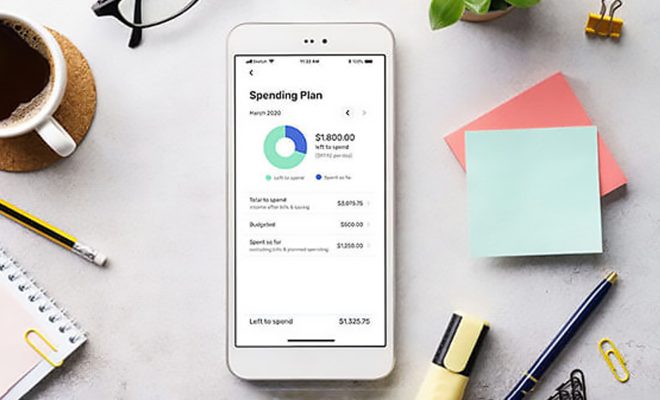Used Car Buying Guide: Tips for Savvy Shoppers

Introduction:
Buying a used car can be an exciting and economical option for many potential car owners. However, navigating the world of pre-owned vehicles can be tricky. This guide aims to provide essential tips to ensure you find the perfect vehicle at the best price possible.
1. Determine Your Budget:
Before starting your search, take a close look at your finances and decide on a budget. This will help narrow down your criteria and save you time and energy on unnecessary test drives.
2. Research Models and Makes:
With your budget in mind, investigate various car makes and models that meet your requirements. Spend time researching reliability ratings, resale values, common issues, and overall customer satisfaction.
3. Find the Right Seller:
Locate reputable dealerships and private sellers in your area. Check reviews online and ask friends or family members for recommendations.
4. Inspect the Vehicle:
When you find a car you’re interested in, carefully inspect it both visually and mechanically. Look out for signs of wear and tear, accidents, or poorly conducted repairs that could lead to future problems.
5. Test Drive the Car:
A test drive is essential to determine whether a vehicle meets your needs and feels comfortable during operation. Pay attention to the engine’s performance, handling characteristics, brakes’ responsiveness, and any unusual noises or vibrations.
6. Check Vehicle History:
Always request a vehicle history report such as Carfax or AutoCheck from the seller or obtain one yourself using the VIN (Vehicle Identification Number). Review any accidents or significant repairs that could affect the car’s value.
7. Negotiate a Fair Price:
Armed with knowledge about a specific make/model’s market value and history, negotiate a fair price with the seller based on these factors as well as any visible issues or needed repairs.
8. Conduct a Pre-Purchase Inspection:
Before closing the deal, consider hiring a trusted mechanic to perform a pre-purchase inspection on the car. This step can uncover hidden problems and save you money in the long run.
9. Secure Proper Financing:
If needed, obtain financing from banks, credit unions or other financial institutions with competitive interest rates. Avoid high-interest rates or complicated terms, especially if offered directly by some used-car dealerships.
10. Complete the Paperwork and Transfer Ownership:
Once you’ve agreed on a price and passed all inspections, it’s time to finalize the transaction.
Make sure all necessary paperwork is complete, including title transfer, emissions or safety inspection certificates, and bill of sale documentation.
Conclusion:
Buying a used car may seem like a daunting task at first but following these steps will make the process smoother and help guarantee that you drive away in a car that suits your financial needs while providing reliability and enjoyment on the road.




